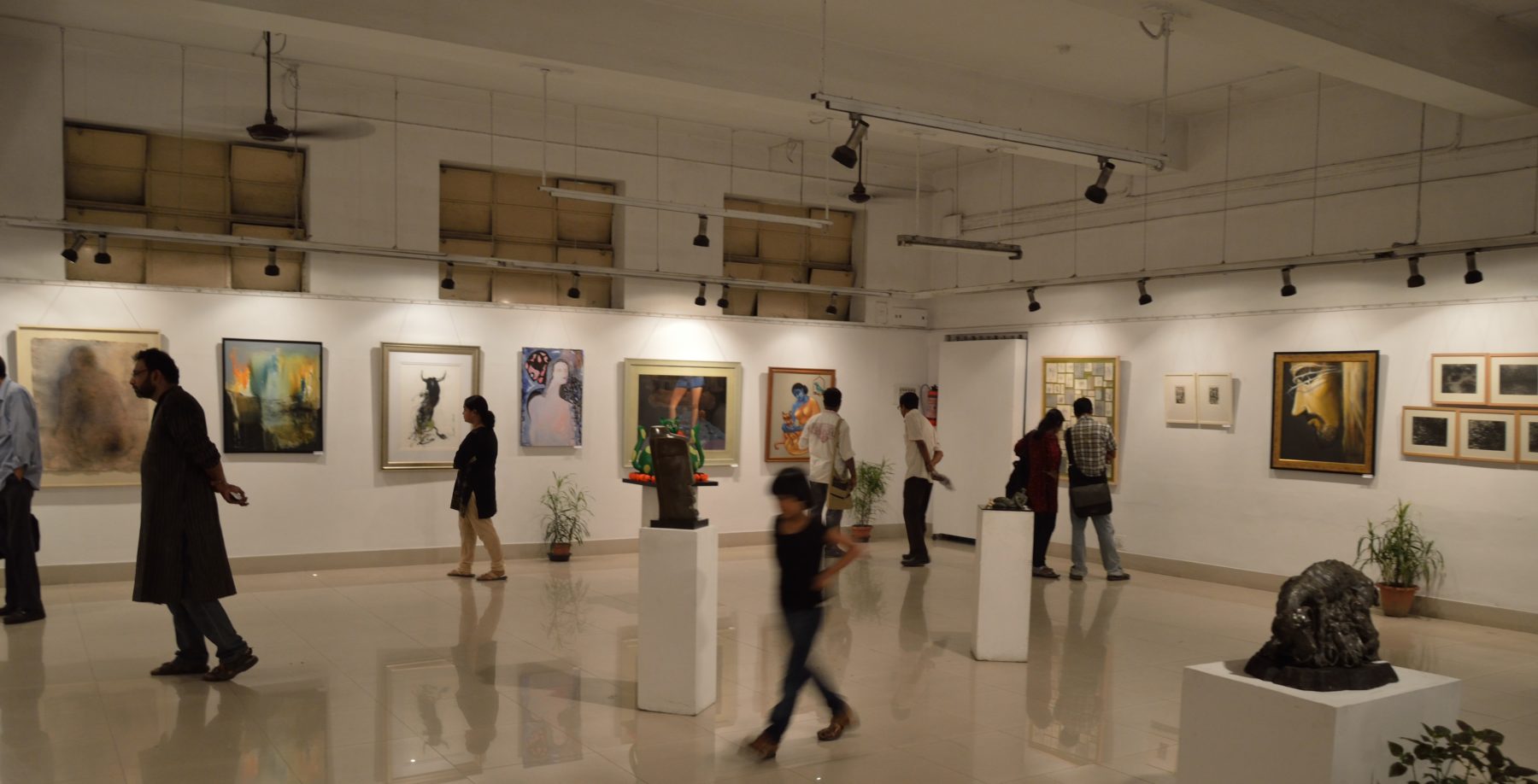Are we ready to face the global challenge of Covid-19 pandemic outbreak? Do we know how microbes, migration and metropolises cohabitate or relate to each other? Can we tap into the artistic and cultural creativity to better understand the global infectious diseases or even investigate how they travel across urban and human borders?
The VSG discussed these questions in a live conversation with artists, curators, researchers and cultural producers of the Contagious Cities. This international cultural project was developed by Wellcome Trust in 2018 to mark the centenary of the 1918 flu pandemic that infected a third of the world’s population and killed 50 million people. The VSG will share important insights from the Contagious Cities project, that brought together international curators, artists and scientists through residences across New York, Hong Kong and Geneva to explore how epidemics spread in urban environments.
What do we hope to achieve?
The VSG aims to inform and educate a wider community of cultural researchers, artists, academics and creative workers on the key questions of pandemic diseases to share support and solidarity in the midst of the global spread of the Covid-19. It intends to expose and promote a creative and artistic intake on the crucial issues of the pandemic physical, social and cultural impacts upon urban communities.
The Panelists
- Moderator: Dr Natalia Grincheva
- Ken Arnold – Creative Director at Wellcome (London, UK)
- Sarah Henry – Chief Curator and Deputy Director at the Museum of the City of New York (New York, USA)
- Ying Kwok – Curator of Contagious Cities: Far Away, Too Close at Tai Kwun Contemporary (Hong Kong, China)
- Matt Adams – Co-founder of Blast Theory (London, UK)
- Dr James Doeser – Freelance cultural researcher (London, UK)
- Ken Arnold – Creative Director at Wellcome (London, UK)
Suggested Pre-Reading:
1918 influenza: the mother of all pandemics
These are the best run cities in the world
CONTAGIOUS CITIES: FAR AWAY, TOO CLOSE
Contagious Cities (radio series)
A strange new world? Not really
Mariam Ghani on her film Dis-ease
Blast Theory’s blog on pandemics and public health
The Lancet: COVID-19 and the anti-lessons of history
New Statesman – The contagious power of fear: why some believe that panic is a virus
